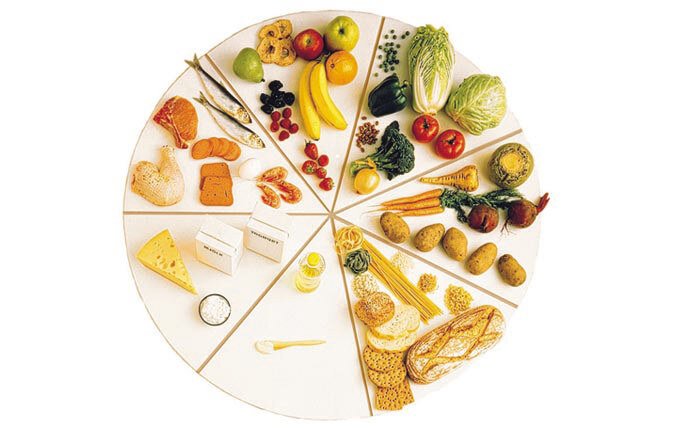
The Power of Mindfulness in Healing Your Relationship with Food and Body
Being truly present and aware can have profound effects, especially when we’re striving to mend our relationship with food and our body. Dive deep into the world of mindfulness and discover tools that can guide you towards intuitive eating and a positive body image.
To truly alter your relationship with food, it’s crucial to first nurture an awareness of your inner dialogue and emotions. This awareness is pivotal; without understanding the underlying thoughts, emotions, and past experiences influencing your food choices, it becomes almost impossible to tune into your body’s genuine needs and embrace intuitive eating.
(It’s worth mentioning: cultivating general mindfulness is a pre-requisite to mastering mindful eating.)
What Exactly is Mindfulness?
Mindfulness, in its essence, means deliberately focusing on something. To elaborate, it’s the art of being wholly present, observing the current moment without judgment. This includes external occurrences such as what you witness or hear, as well as internal phenomena like thoughts, emotions, or bodily sensations.
By practicing mindfulness, you embrace an attitude of observation and curiosity. It’s about consciously shifting your attention, not getting lost in a sea of thoughts, but instead noticing the present moment as it unfolds.
A memorable insight from Fiona Sutherland encapsulates the spirit of mindfulness:
“Mindfulness means ‘being present with’ rather than ‘doing something to’.”
When you’re mindful, it’s not about forcing a change but about granting yourself the space to just be and observe your environment and inner self.
Why Embrace Mindfulness?
Both internal and external triggers, from personal thoughts and sensations to external stimuli like magazine covers or clothing sizes, can invoke distressing feelings and thoughts.
By using mindfulness, you’re equipped to:
- Recognize the exact triggers causing emotional pain.
- Dedicate time to witness these triggers in real-time.
- Introduce a buffer, allowing a conscious response instead of a knee-jerk reaction or avoidance.
This continual mindfulness practice enhances your discernment of various triggers, enabling you to act rather than merely react.
Mindfulness’s Role in Intuitive Eating
The incessant internal dialogues about food, largely influenced by societal standards, are persistent. While we can’t shut them off entirely, we can tone down their impact, preventing them from ruling our choices. By harnessing mindfulness, you discern these pervasive beliefs, judge their utility, and then decide your action based on a balanced evaluation, not just on impulse.
Furthermore, mindfulness nurtures an increased awareness of your bodily signals, encourages a sense of curiosity during meals, and fortifies the bond of trust with your body.
For instance, a client found that after mindfully observing her patterns, a hearty breakfast reduced her caffeine cravings, subsequently decreasing anxiety levels. Another realized that suppressing hunger cues led to overindulgence later, causing feelings of disconnect.
While societal pressures won’t vanish, mindfulness grants you the clarity to choose what aligns with your genuine needs.
Supporting Positive Body Image through Mindfulness
Mindfulness can act as a compass, guiding you towards behaviors that resonate with your well-being. With this clarity, you can make conscious decisions instead of mere instinctive responses.
For instance, if snug jeans spark the thought, “I need to lose weight”, mindfulness can help you reframe it to: “My body’s evolving, and I might need new jeans”. By redirecting such thoughts, you foster a healthier relationship with your body.
Four Pillars of Mindfulness Mastery
- Observation: Understand your thoughts, feelings, and beliefs. Recognizing specific self-critical thoughts allows you to act consciously.
- Pausing and Redirecting Focus: Once you identify your thoughts, create a mental space. This separation allows for neurological shifts, enabling better handling of discomfort.
- Embracing Curiosity: After a pause, delve deeper into your feelings. Why do you feel this way? Understanding these roots can provide clarity.
- Choosing Your Response: Instead of reacting based on old patterns, this method empowers you to choose your response. Treat yourself with the kindness you’d offer a friend.
Cultivating these skills is challenging. However, persistent effort can foster significant shifts in your capacity to be present, resulting in conscious actions over reactive behaviors. As you redirect your attention, remain curious, and explore, you’re rewiring your brain for the better.
How do you envision mindfulness aiding your journey? Join the discussion below!



